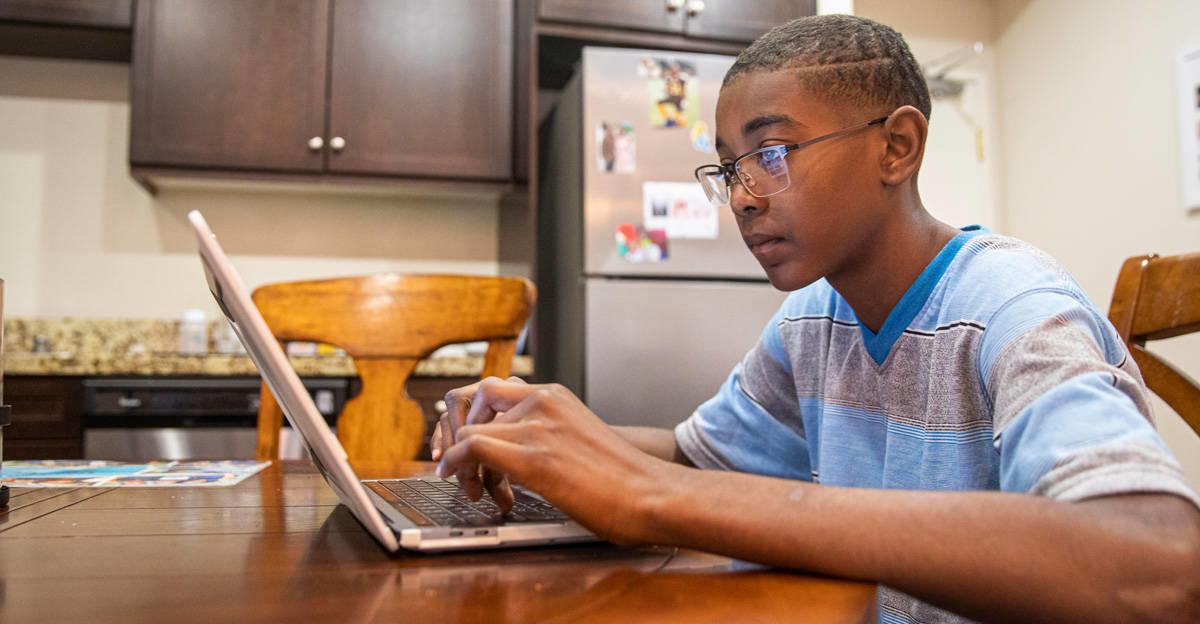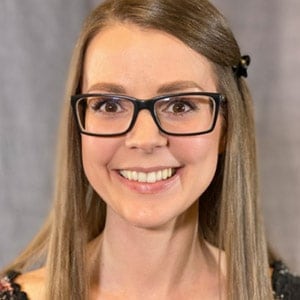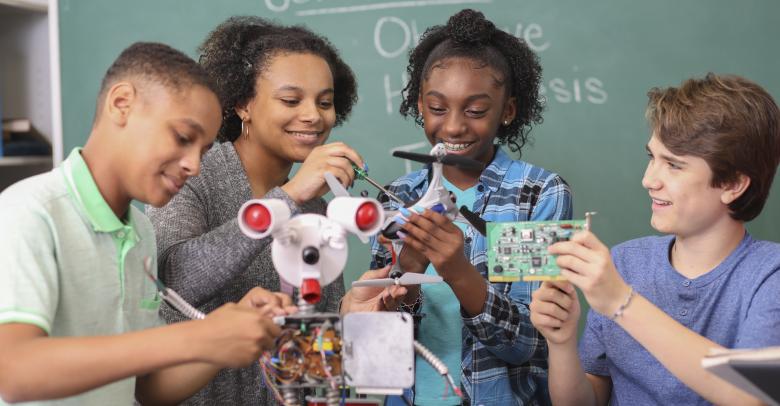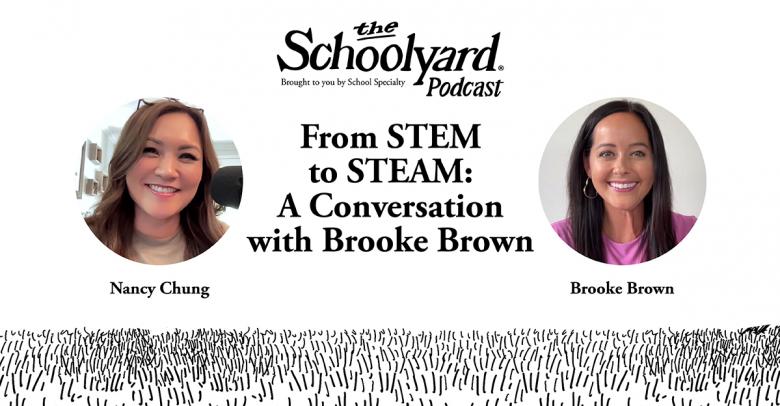Learning to code, much like learning a new language, opens doors to more creative projects and problem-solving skills. Giving students the chance to learn the logic and patterns of coding is a great way to introduce STEAM skills. There are many affordable apps and online programs that you can use to introduce foundational coding skills to students at all age levels. These programs are engaging, fun, and interactive! We have highlighted four different affordable programs that can be done with your students or own children.
Code.org
This program teaches computer science to all grade levels. It has a course catalog from K-5, 6-12, and K-12. Code.org has different courses, and each course has sequenced lessons that your students can follow. At the beginning of some lessons, there are video tutorials for the students to follow. Some unplugged activities are provided as well. Students can work at their own pace. It is laid out clearly and very easy for students and educators to follow. It is effortless for students to progress once the classes are set up. To log in, all students need is a code, picture, or word, and then they click their name to get to their lessons. The program saves their progress, so they don’t have to start new each time.
This program supports: Code.org has multiple courses and programs. Computer Science Fundamentals (grades k-5), Computer Science Fundamentals: Express (ages 9-18, grade 3-12), Computer Science Discoveries (Grades 6-10), and Computer Science Principles (Grades 9-12).
Coding or programming language: The language will change based on the course that you are using. It could be JavaScript with either block or text or even HTML and CSS.
Compatible devices: Code.org is available on multiple devices, but not all devices are compatible with all the programs. You will need a desktop or laptop computer with a mouse or touchpad and keyboard for the middle and high school-level courses. iPads or tablets, even if they have a keyboard attachment, are not supported. All other content, such as K-5 courses (Computer Science Fundamentals) and Hour of Code activities are compatible with iPads and Chromebooks and all other laptops or desktop computers.
Swift Playgrounds
The second program is Swift Playgrounds, a development environment for Swift created by Apple Inc. This program requires no coding knowledge and allows you to learn the fundamentals of writing code. It is a free program with lessons built in. The students can guide the animated character, Byte, around to complete tasks in a 3D world. Through the tasks and puzzles, students can learn the basic concepts of what programming is all about. This program is built for your Mac computer and your iPad, and the code you write moves seamlessly between them.
This program supports: Elementary & Middle School (depends on their understanding and current knowledge of coding).
Coding or programming language: Swift—a powerful programming language created by Apple and used by the pros to build today’s most popular apps.
Compatible devices: Available on Mac and iPads as it is an Apple product.
Tynker
The third program is called Tynker. This program offers courses for ages 5-7, 8-13, and 14+. The courses are set up to be self-guided, where the students can work at their own pace. The course also provides built-in tutorials to help students. The website shows how their courses use the scope, sequence, and standards for educators. You can sign in 3 different ways as a teacher, student, or parent. The app features word-free code blocks, pictures, and friendly voiceovers. The stories, games, puzzles, and projects in this program engage students in developing computational thinking skills from the CSTA Computer Science standards. The Common Core State Standards for Mathematics and English Language Arts that students develop are also listed here. Tynker is giving free access to its premium coding course during school closures.
This program supports: Students ages5-7, 8-13, and 14+.
Coding or programming language: Voice instructions, drag and drop, and real-world coding with JavaScript, Python Web Dev with HTML CSS.
Compatible devices: Since it is web-based, most devices with an internet connection can access it. It is also available on iPad and Android when you download the app.
Minecraft for Education
The final program we are going to touch on is Minecraft: Education Edition. It is a game-based learning platform that builds STEM skills, unleashes creativity, and engages students in collaboration and problem-solving. It is compatible with Windows, Mac, and iPad but does not support a Chromebook. As an educator, you can create a class and assign coding lessons to your students. Your students can solve coding challenges through a given problem. The program offers unique features designed for educational use, including assessment tools and multiplayer option, which allows learners to work together in the game environment. Minecraft: Education Edition is now available through June 30 as a free download for all educators and learners who have a valid Office 365 Education account.
This program supports: Minecraft ignites learning in K-12 and higher education.
Coding or programming language: Not all of it is coding challenges. There are more games for learning included. Minecraft has a feature called Code Builder. It allows students to learn to code using tools like Code.org, Tynker, Scratch, and Microsoft MakeCode. Blocks of code or JavaScript can be used to build and create in Minecraft.
Compatible devices: Windows, Mac, and iPad but it does not support a Chromebook.
Learning to code is a great way to support other academic skills like critical thinking, creativity, and communication. With engaging programs that can be used at home, it’s easier than ever to help students hone their coding abilities.
Robotics & Coding Activities and Tools
Looking for ways to engage students in robotics and coding activities? Browse a wide selection of products to take your lessons to the next level.
Naomi Hartl
Naomi Hartl graduated from the University of Saskatchewan and started teaching in her home province of Saskatchewan, Canada. She has taught a variety of subject areas including biology, mathematics, health education, physical education, home economics, and career education. In 2015, she relocated to Oregon, USA, to work with School Specialty and has worked in curriculum development and writing with the company and is now the Science and STEM Subject Matter Expert. Working with School Specialty has allowed her to pursue her dream of making a difference in the lives of teachers and students by curating solutions to create safe, equitable, and successful learning programs.
Read more by Naomi Hartl–>







Leave a Reply